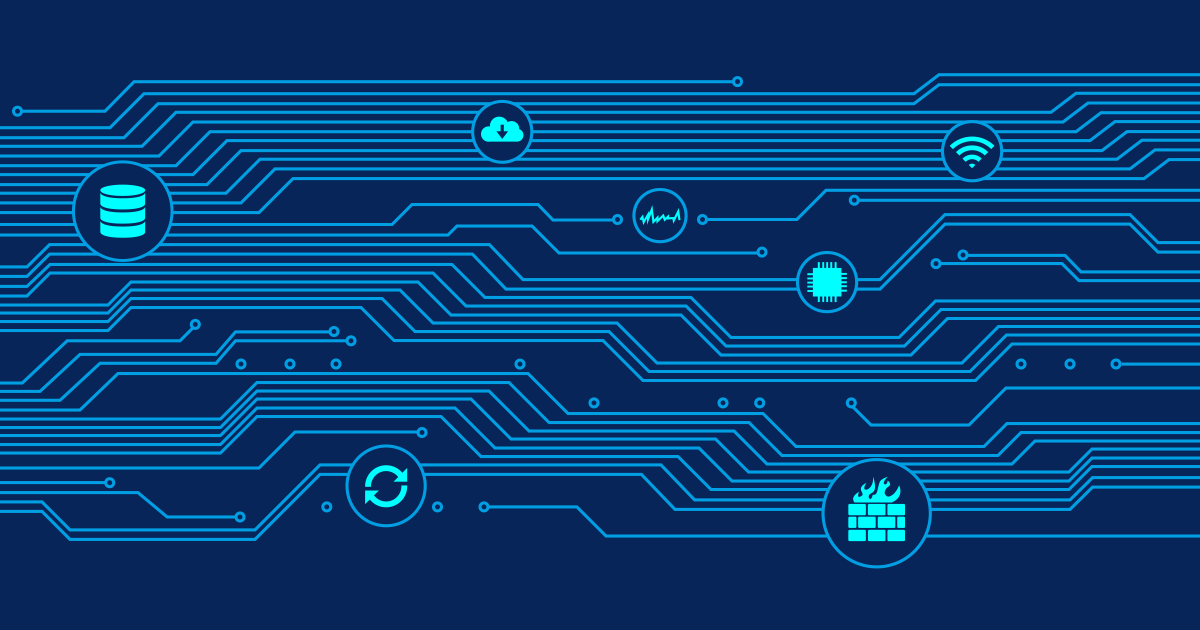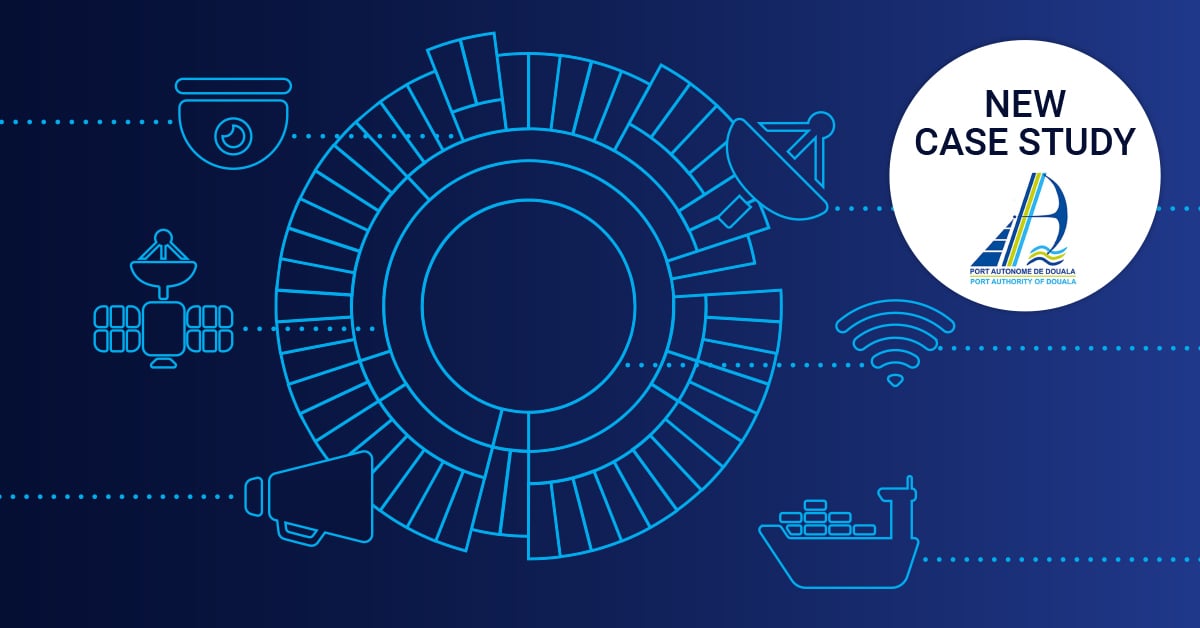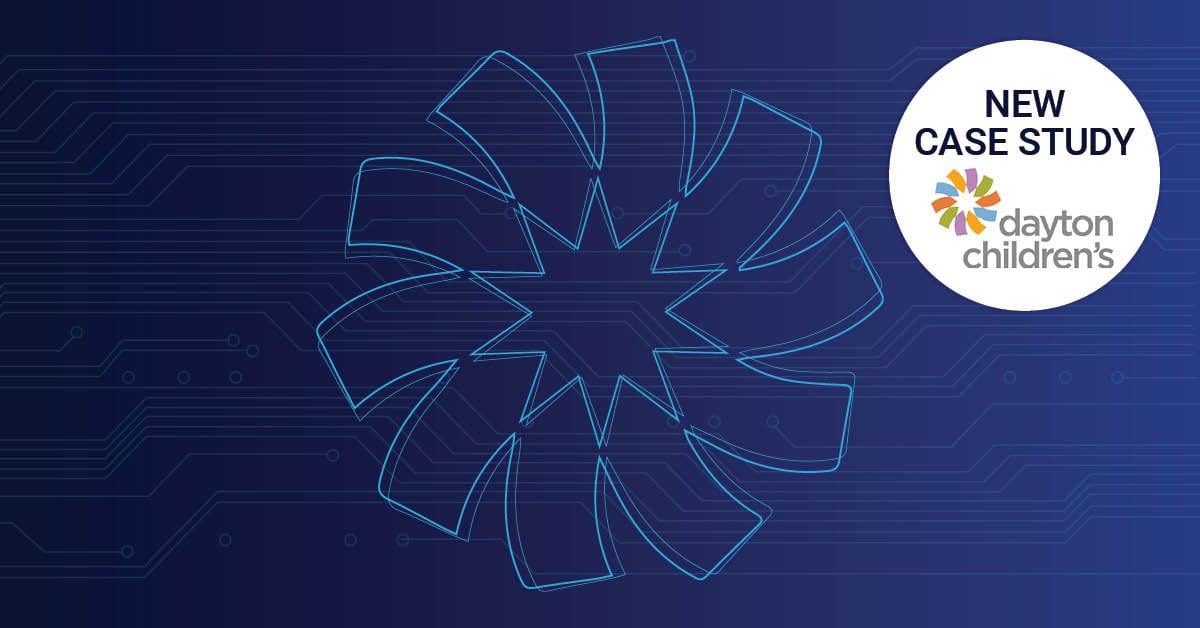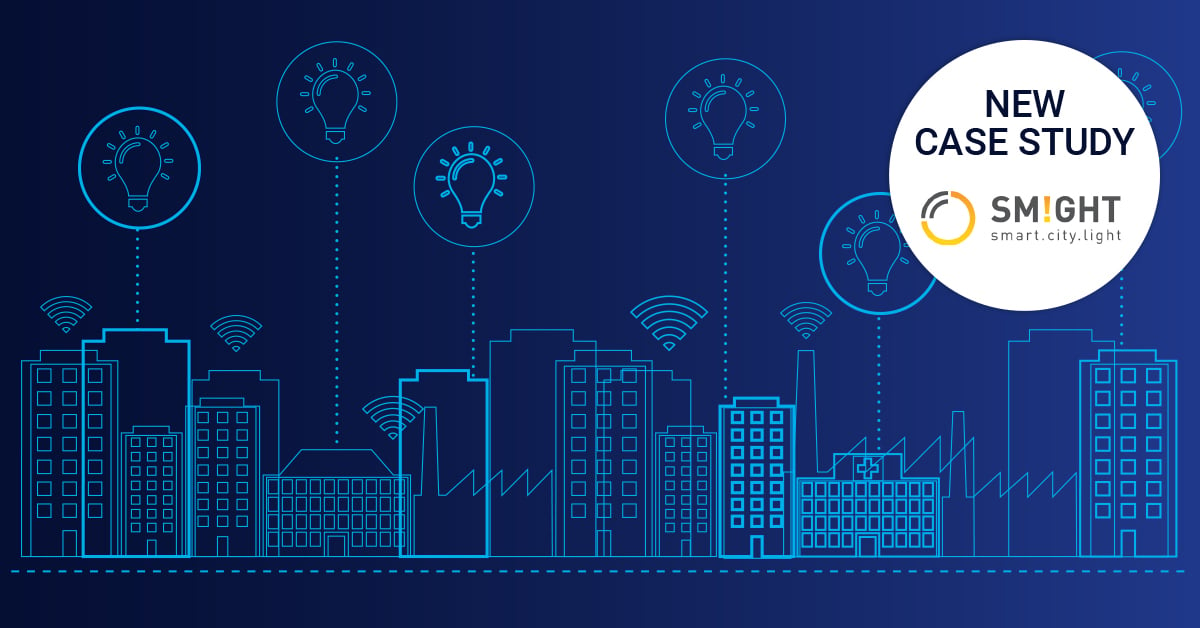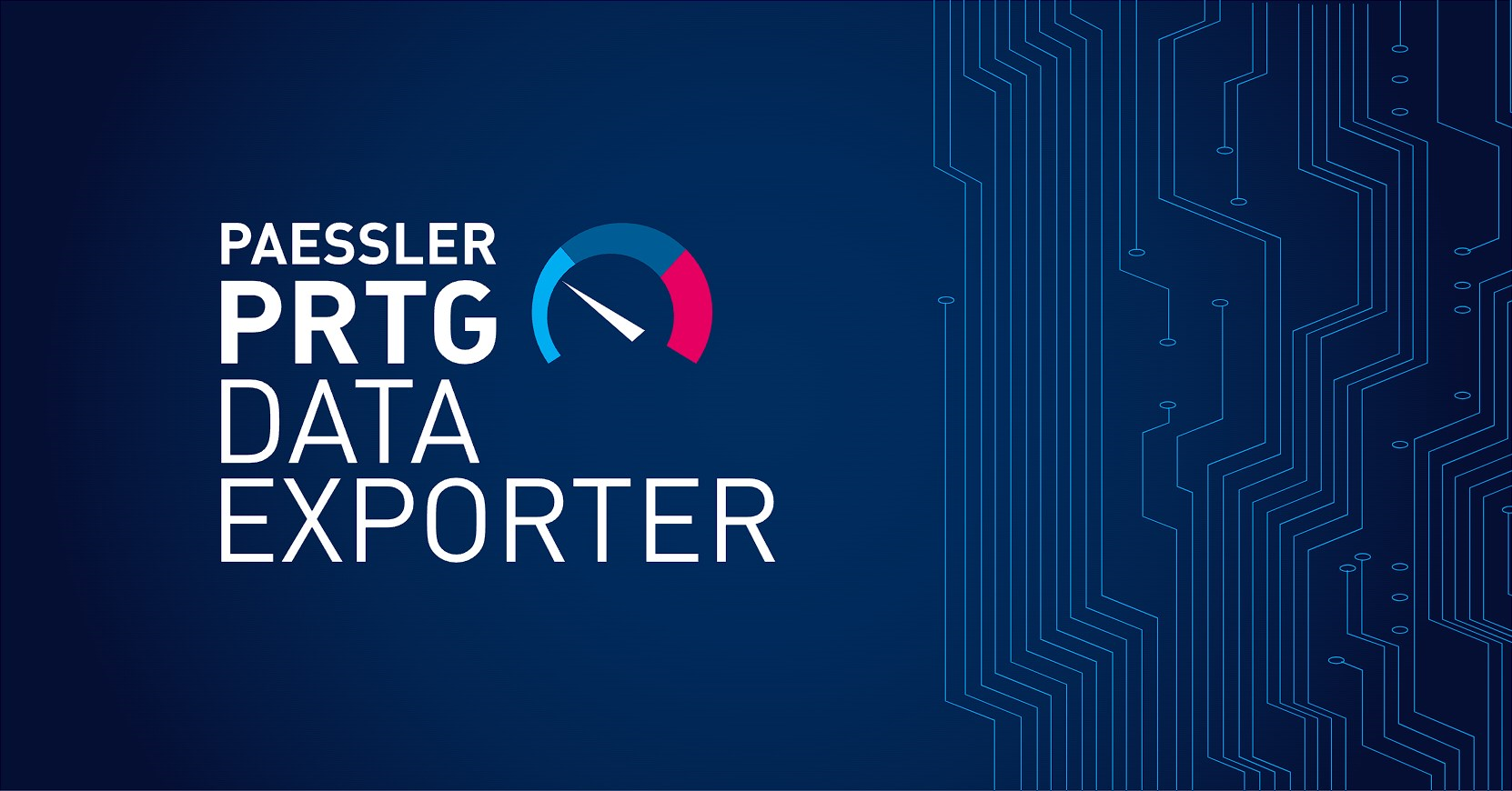Interview: The Benefits of Network Monitoring (Part 2)
 Originally published on August 08, 2006 by Dirk Paessler
Originally published on August 08, 2006 by Dirk Paessler
Last updated on March 03, 2022
•
8 minute read
This is of part 2 a transcript of an interview between me and a journalist who wanted to know more about the benefits of network monitoring. We were talking about the benefits of an uptime/downtime monitoring solution like IPCheck Server Monitor as well as the benefits of bandwidth and usage monitoring products like PRTG Traffic Grapher (see Monday's post for the 1st part): The benefits we talk about in this part are:
- 4. Benefit: Secures your turnover, because you will know about problems literally within one minute and you can take immediate action
- 5. Benefit: Gives you a chance to switch to your redundancy systems.
- 6. Benefit: Know about performance bottlenecks before your customers find out?
- 7. Benefit: Long term performance data gives you a chance to plan and implement upgrades (e.g. new server hardware, leased lines) without the need for hectic solutions
- 8. Benefit: Control whether your provider meets your service level agreement.
4. Benefit: Secures your turnover, because you will know about problems literally within one minute and you can take immediate action
Question: What, in a minute or so, could the co-founder or de facto IT person do to take "immediate action" to remedy a system failure? Call their IT vendor? Buy a new router? Re-boot the Web server?
Dirk Paessler: From my experience 95% of all system crashes can be resolved by simple reboots. Or take our air condition system: Sometimes the water tank is full and needs to be emptied. Or, if a systems doesn't come back up, the admin can switch a service to a redundant backup system - which you must have ready for desaster. For mission critical systems you must have a well-thought-through desaster recovery plan (e.g. redundant systems), only then a good monitoring system makes sense because it enables you to apply your desaster plan quickly. If it takes days to order a replacement then it is useless to know in 2 minutes that a system has crashed. Network monitoring only makes sense with a good desaster strategy!
5. Benefit: Gives you a chance to switch to your redundancy systems.
Question: Does this mean, more specifically, that you can anticipate mission-critical failures (examples) and switch to your redundant systems pre-emptively as opposed to after the fact?
As I said, first you need a desaster recovery strategy. You can create one by looking at your system environment, coming up with a list of system which are necessary for your company to run and then think of desaster concepts for each system. You can anticipate a failure e.g. by monitoring request times. Many systems show unusual behaviour before a total crash occurs (or when they come close to an overload). By defining thresholds for your sensors you can learn about small problems before they become REALLY a nightmare.
6. Benefit: Know about performance bottlenecks before your customers find out?
Question: Can we define a bit, performance bottlenecks? Too many users causing Web pages to download slowly? Too much bandwidth being used at one time that maxs out network capacity?
All of that! Look at this graph which shows the usage of a data line with a maximum data rate of 2 MBit/s: As you can see on June 22nd in the afternoon suddenly a traffic peak occured which used up to 2 MBit/s of the dataline. When this happens all users surfing across this data line will notice a slowdown of their web experience. As a rule of thumb a data line should normally not be loaded to more than 20-30% of its nominal rate for some time.
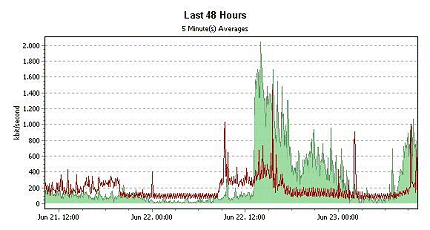
7. Benefit: Long term performance data gives you a chance to plan and implement upgrades (e.g. new server hardware, leased lines) without the need for hectic solutions
Question: How easily can an "online" business owner/partner analyze data? Are the reports and the interface, again, essentially that intuitive and user friendly?
It takes a little technical understanding, but the graphs are really easy to use. Look at the graph above!With these graphs you can easily discover unsual behaviour and e.g. constant growth in traffic or an overload.
8. Benefit: Control whether your provider meets your service level agreement.
Question: What, realistically, could a network provider/hosting company to do compensate a client for breaching the SLA? Credit? Free service for a period?
That depends on the contract that you have with the hosting company. Many offer discounts or free months. But the main point is that without your own monitoring you must trust your hosting companies sayings and measurements... Only your own monitoring results give you a chance to really start to argue with them if their service is not up to their promises.
